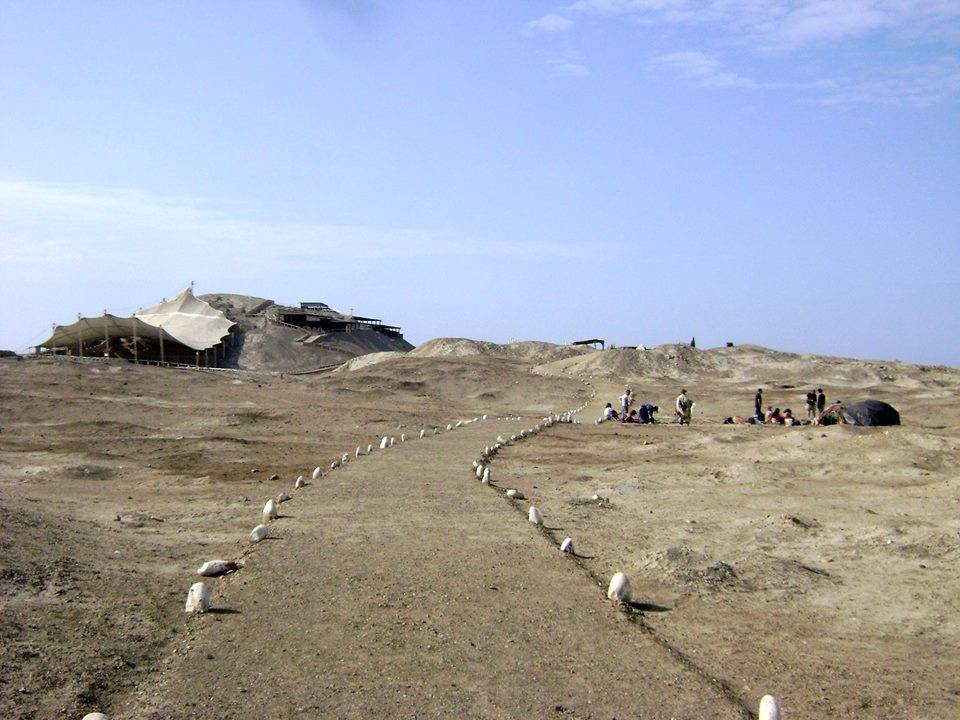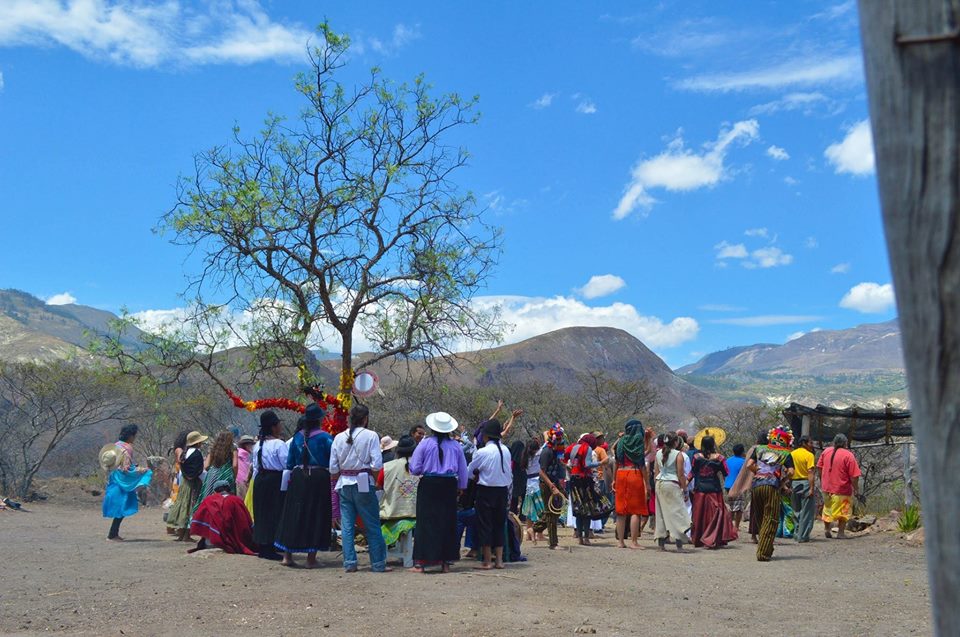Chaka: a journey to the essences
What is Chaka?
Chaka means "bridge" in Quechua. The word bridge not only in is material meaning, but also in the deeper sense of "bridge of consciousness".
Quechua, also known as Runa Simi or the "People's Language," is a pre-colonial Native American language spoken primarily by families in the Andes region of South America. Derived from a common ancestral language, with an estimated 8-10 million speakers, Quechuan is the most widely spoken language of the indigenous peoples of the Americas.
The Philosophy behind
If a sentient being, animal or plant is born and raised in freedom, in an natural way, treated with love and respect and the adequate nutrients from the elements, the energy that it/she/he will share will be medicine for the others
A Medicine is coming from Nature, to her asked and from her picked up with prayers and clear intention. And the same way it is eventually transformed from someone, for the spiritual, emotional and physical benefit of other sentient beings who receive it
Nature is pure medicine itself , in the process from being pure to become a transformed natural product in our hands, it is important to keep the energy of the source as pure and concentrated as possible.
Origins: the first steps of Chaka
The project was born in 2014, after my first travel to Colombia and South America, where my study of the local ancestral traditions started. After observing and learning native approaches to healing, I began to get more involved into the native medicinal plants world and its powerful opportunities of growth.
There I started to promote products to connect or reconnect people to these ancestral teachings. Many of these products represent the work of local spiritual workers and artisans of indigenous territories that i met on the way in Columbia, Peru, Ecuador, Brazil and from Mexico.
Columbia: Putumayo & the San Miguel River
Columbia is the country where my discovery of the healing powers of South America began. At the bottom of the country, in the beautiful green, wild region of Putumayo, just not so long ago headquarter of the Guerrilla, along the San Miguel River and the border with Ecuador still live the indigenous peple of the Cofanes tribe.
There I had the luck to discover the community of El Diviso, inhabited for the majority by the Diaz Queta family, and to get in contact with their powerful healing knowledge. Several members of the family, part of the larger community and original Cofan people, have worked for generations with the healing art of native medicinal plants, and guided purification rituals with the sacred plant of Yagé.
Peru: Lima & the Jungle
Peru was another important step in my inner and physical journey. Most of the Chaka south american essences come from the territories of Lima, Piura, and Ayacucho. Lucy Pedragas, a Peruvian archaeologist, botanist, and medicine woman from Lima, personally studies, collects and processes the plants, to extract their essence.
Within the jungle territories of east Peru, in the district of Pucallpa, more magic unfolded. I got to know the indigenous people of the Shipibo tribe and i got hosted by the Sanchez family, guided by the elder spiritual leader, Mama Ynes. Living with them, I discovered the potential of dieting plants and a new approach to their various healing powers.
From this region come also some Chaka homemade shamanic plant fragrances, raw tobacco Mapacho (used primarily as a medicine for healing purposes), handmade wooden pipes (from the tribesmen), and fabrics hand sewn by the women of the tribe (inspired by the visions experienced from the plants).
Ecuador: Tumbaco & the sacred mountain of Zhuracpamba
On the way to Ecuador, I encountered the sacred mountain of Zhuracpamba, the site where the North American Indian Vision Quest ritual was hosted for the first time in South American history. Spiritual leaders of the Vision Quest and Sun Dance rituals, Taita Alejo and his son Juan Alejo are the inhabitants and guardians of the mountain. They master the healing art of Temazcal (sweat lodge), as well as the medicine of Aguacolla (the Ecuadorian name for the San Pedro cactus). There I got more in contact with the Medicines of the Mountains and with the healing power of the fire rituals.
Some of the Chaka ceramic pipes come from the territory of Tumbaco, in northern Ecuador. These are made by the hands of the Argentinian artisan and medicine man, Ruben Silva. He personally processes the pipes in the traditional way, using a big, old, clay oven. He also creates musical instruments used in ancestral rituals like Temazcal -- a ritual he also leads himself.
If you are interested in learning more about seminars, workshops, spiritual journeys, or healing retreats or other stories, please subscribe to the Chaka mailing list or get in touch with us. We would be happy to hear from you.




